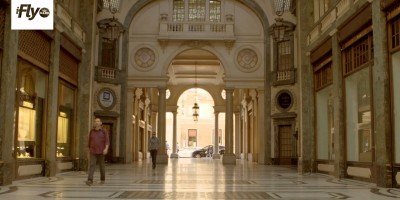Little Secrets of Turin
 April 23, 2016
April 23, 2016

Little Secrets of Turin
Turin is a city and an important business and cultural centre in northern Italy, capital of the Piedmont region, located mainly on the left bank of the Po River, in front of Susa Valley and surrounded by the western Alpine arch. The population of the city proper is 911,823 (December 2012) while the population of the urban area is estimated by Eurostat to be 1.7 million inhabitants. The Turin metropolitan area is estimated by the OECD to have a population of 2.2 million.
The city has a rich culture and history, and is known for its numerous art galleries, restaurants, churches, palaces, opera houses, piazzas, parks, gardens, theatres, libraries, museums and other venues. Turin is well known for its renaissance, baroque, rococo, neo-classical, and art nouveau architecture.
Much of the city’s public squares, castles, gardens and elegant palazzi such as Palazzo Madama, were built in the 16th and 18th century, after the capital of the Duchy of Savoy (later Kingdom of Sardinia) was moved to Turin from Chambery (nowadays France) as part of the urban expansion.
Turin is sometimes called the cradle of Italian liberty, for having been the birthplace and home of notable politicians and people who contributed to the Risorgimento, such as Cavour. The city currently hosts some of Italy’s best universities, colleges, academies, lycea and gymnasia, such as the six-century-old University of Turin and the Turin Polytechnic. Prestigious and important museums, such as the Museo Egizio and the Mole Antonelliana are also found in the city.
Wikipedia
This website uses cookies to improve your experience. We'll assume you're ok with this, but you can opt-out if you wish.Accept Read More Privacy & Cookies Policy
Tracking ID
UA-74037108-1



 April 23, 2016
April 23, 2016 







Comments are closed.